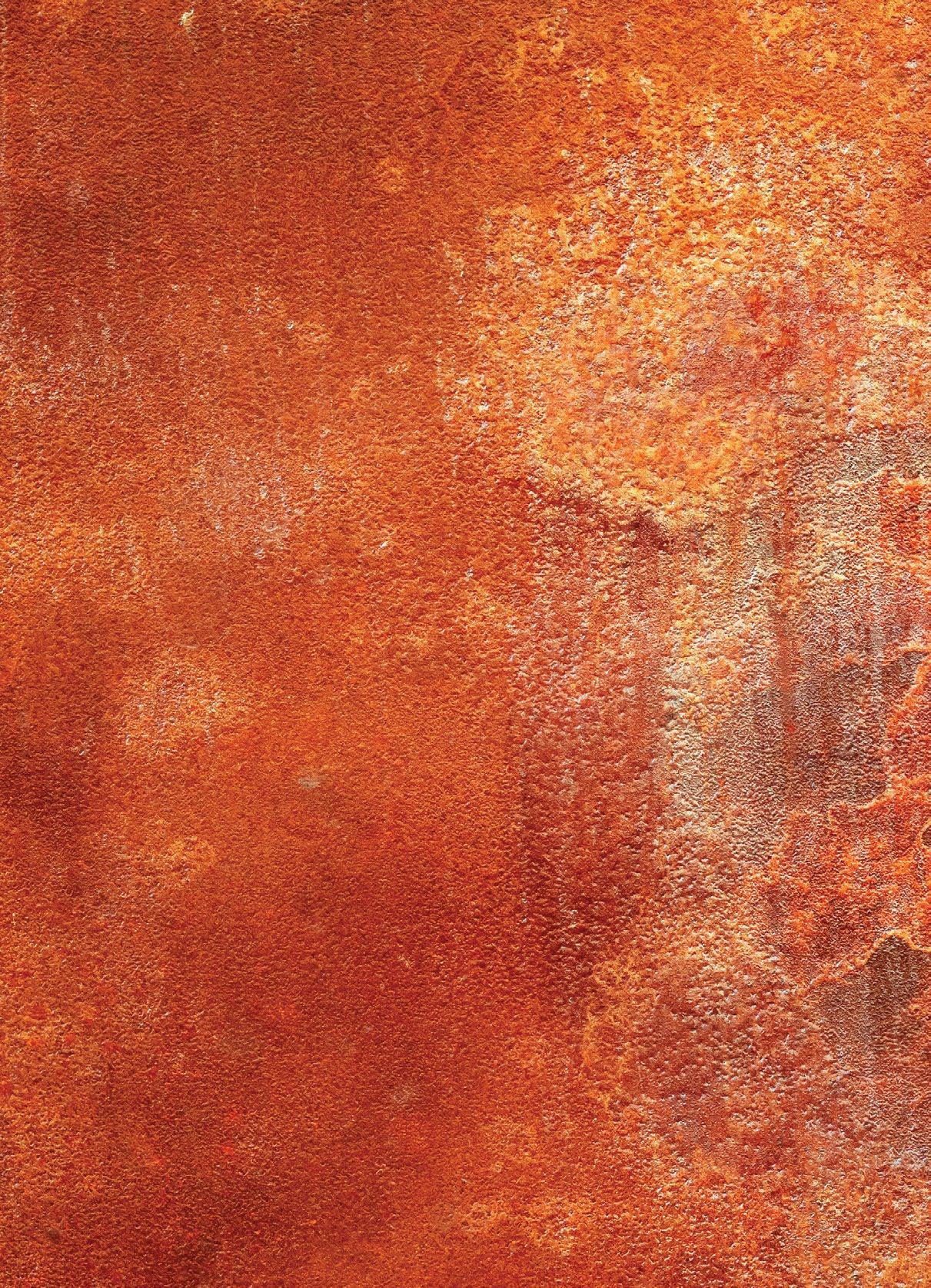
6 minute read
In Praise of Shape-Shifters and Rule-Breakers
Nimona directors Nick Bruno and Troy Quane discuss the challenges and rewards of bringing ND Stevenson’s acclaimed, LGBTQ-themed graphic novel to the screen.
- By Jeff Spry -
Rescued from the perilous halls of abandoned animation projects by those shining knights at Netflix, the queer-coded fantasy-adventure feature Nimona will ride onto the streaming service this summer after a world premiere (June 14) at the Annecy International Animation Film Festival.
Nimona has followed a boldly circuitous and slightly controversial path to finally becoming a completed animated movie on the Netflix platform. Let’s dial the Wayback Machine to 2012, when writer ND Stevenson created a popular webcomic series about a gay knight named Lord Ballister Blackheart in a techno-medieval society, who teams up with a quirky shape-shifting teen called Nimona to help prove his innocence after being framed for murdering the walled kingdom’s noble queen.
Rights to the award-winning graphic novel collection were first picked up by 20th Century Fox’s Blue Sky Studios, the makers of the Ice Age movies. Oscar-winning director Patrick Osborne (Feast, Pearl) was attached to direct the project at the time. However, when Disney officially acquired the Connecticut-based shop in 2019, Blue Sky became one of the unfortunate casualties of the merger and the 75 percent finished Nimona project had its plug swiftly pulled in 2021.
Nick and Troy Take the Reins
Plucked from turnaround hell by Netflix and Annapurna Pictures and helmed by Spies in Disguise directors Nick Bruno and Troy Quane, Nimona is primed to premiere as the first main- stream animated movie to prominently tackle LGBTQ themes and main characters.


The movie features the voices of Chloë Grace Moretz, Riz Ahmed and Eugene Lee Yang. Karen Ryan, Julie Zackary and Roy Lee are the CG-animated film’s producers alongside executive producers Megan Ellison, Robert L. Baird, Andrew Millstein and John Powers Middleton.
ND Stevenson, whose collaboration was mostly on the writing side, praises the involvement of directors Bruno and Quane in sticking with this extremely personal adapta- tion to its finish.
“I did several passes on the script, and I was consistently given the most recent cut of the animatic,” he tells Animation Magazine. “They were always receptive to my notes, but also voiced their own opinions in a way that I really respected. The version that Nick and Troy visualized was getting back to the heart of the story, cutting away a lot of the needlessly complicated stuff and presenting the simplest version of it, which is so emotional and powerful.”
In today’s divisive world where anything and everything is debated, dissected and decidedly set aflame, the veteran directors’ focus was staying totally true to the edgy original material.
“This is a story about acceptance,” Quane explains. “It’s a love letter to all those who’ve ever felt different and misunderstood. They just want to be seen for who they truly are, and that’s a universal thing. I know we’ve all felt and experienced that, but there are groups of people out there who feel that more than the average person. Our whole journey has been to do that story with dignity, with authenticity and in a way that is just fun, funny and very relatable.”
Nimona’s sci-fi/fantasy hybrid kingdom is beautifully rendered by the folks at DNEG, with a distinct design aesthetic, shape language and color palette infused into the production.

“The world that Aidan Sugano and his production design team on the film pulled from the graphic novel was gorgeous,” notes Quane. “As soon as we saw it, we were blown away. It was something very different. It was irreverent. It was fun and surprising. But I think as importantly, it was kept on theme. All those choices support the journey that the characters are going through. And that makes it feel right as you’re watching it.”
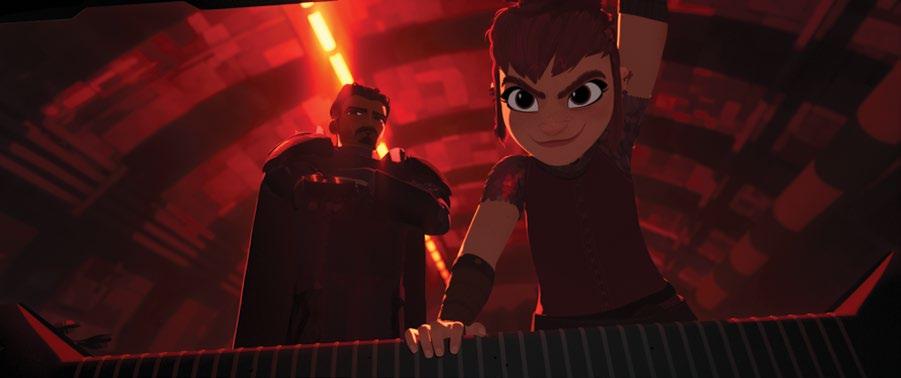
The pink-hued animal transformations of the titular character can take the form of everything from a rhino to a flamingo to a whale, and represent the core of the feature’s broad humor.
“The colors are such an important thing. Nimona is this very specific pink,” he adds. “She can be anything she wants. But she chooses to represent herself with that. She wants to be noticed, and that color pink, as you watch the film and depending on what her emotional state is, will become more and more included in the color of the film. Or conversely, the more desperate and lost she starts feeling, the more color actually starts to drain from the world, and she becomes this barometer for that feeling of the thematics of the story.”
He notes, “This chromatic aberration happens when she’s at her happiest. Around all the blooms of light you get into the prismat- ic colors of the rainbow that start to drive through. We really worked with Aidan to find those areas where the color set the tone for whatever was happening in the story. Same with light and dark. All these choices, while beautiful and aesthetic, support where the journey of the story is going.”
A New Production Hub
Acclaimed international VFX and animation studio DNEG Animation (Ron’s Gone Wrong, En- tergalactic) came on board after the project’s resurrection by Netflix and Annapurna.




“Originally, we were at Blue Sky, and with the merger with Disney they were no longer together. We had to find a great partner to actually finish the film for us, and that was DNEG,” Bruno notes. “The major reason why we decided to work with them is that they weren’t trying to sell us on, ‘We can do anything you want.’ They sold us on loving the movie, believing in the heart and believing in that mes- sage of acceptance. And they nailed it. In every scene, everything has a purpose and meaning and, particularly when it came to animating it, you feel those characters alive in a way that brings people to tears.”
It’s hard not to notice that the aesthetics of Nimona do have their feet straddled between a classical 2D Disney sheen and a more modern 3D appeal in its depiction of environments that artfully blend 21st century technology with a traditional medieval city.
“Yeah, how crazy is a medieval future?” asks Quane. “You couldn’t get further apart on a timeline. People have cell phones and peasants are still wearing hand-woven clothes. It was such a dichotomy and so much fun to play with. But everything comes back to what you’re trying to say on screen. It’s this idea of a kingdom that’s moved forward in time, that has the advances of science and technology, but whose thinking is still rooted in that feudal past and still locked in a space. They’ve created this giant wall that goes around this entire kingdom to protect them and keep the perceived monsters outside.
“They believe that stories have been passed down generation after generation without ever really looking to see how much truth lies behind that,” Quane continues. “What it ended up doing was imprisoning them, both physically and mentally, within this little contained biosphere. So those elements all take place, and our design crew was so great with taking a lot of that medieval shape language and applying ceiling and glass so that it feels very forward thinking.”
Bridging the Past and Future
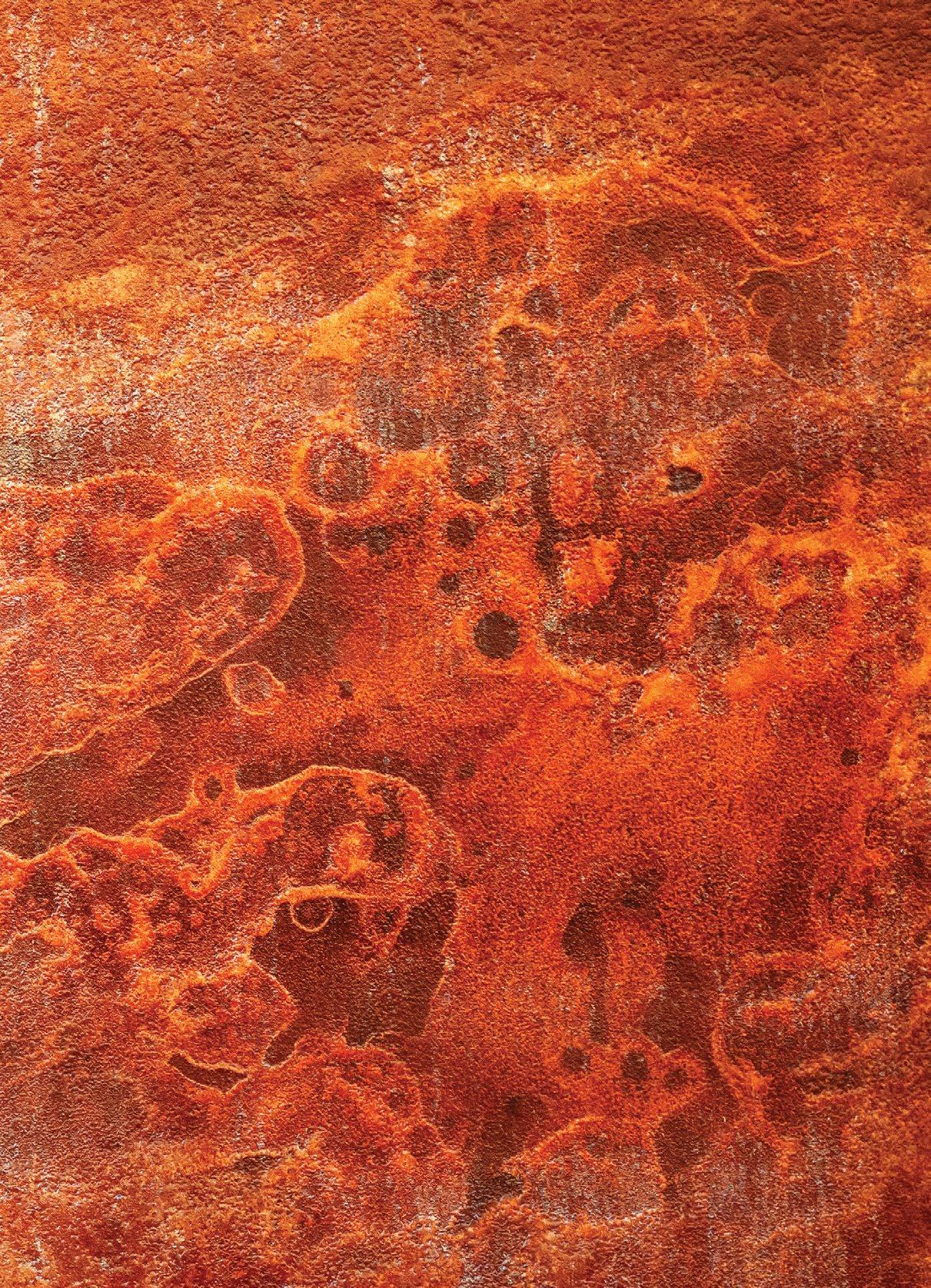
Bruno compares Nimona’s intriguing fusion of disparate worlds to the odd societal juxtapositions that we actually live in today.
“I go into New York City and there aren’t flying cars, but there are cars that drive themselves, and there are still horses,” he says. “That’s something we approached to the style of the movie itself as well. The look is sort of 2.5D. It has a look and an animation style of films we grew up loving — like The Sword in the Stone. We used the modern technology to really get the cinematography, some of the effects and depth we have today. It’s all very purposeful in that way.”
The movie’s unique setting is a wild blend of 21st century technologies with classic medieval architecture and fashions.
Collaborating with ND Stevenson was a rewarding experience for the directors, and they feel confident that this animated adaptation respects and preserves the integrity of the source comic.
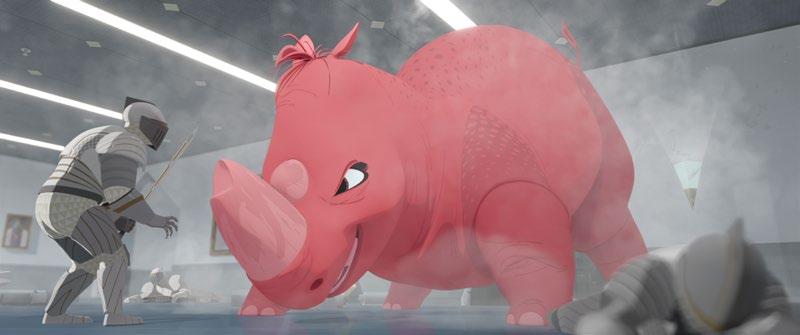
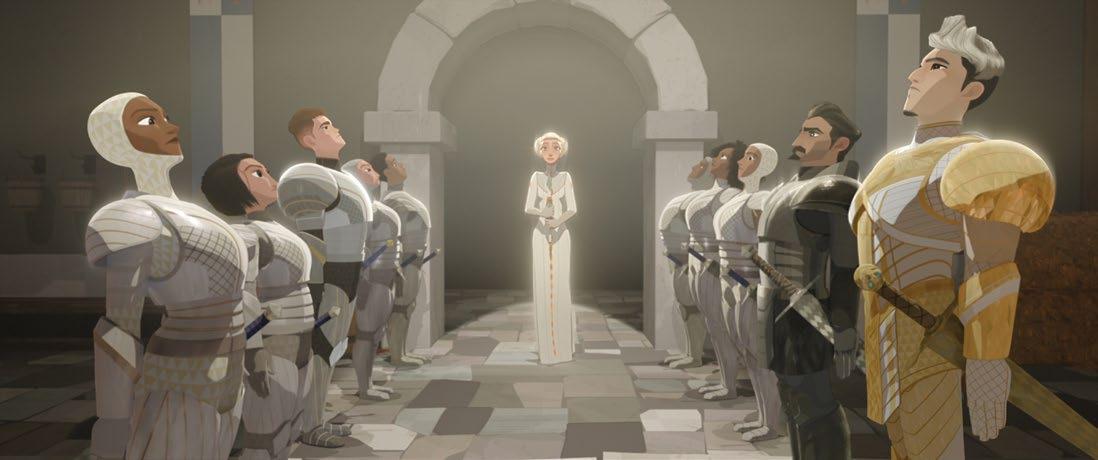
“We’ve been fortunate to be animators for many years and we’ve worked on lots of adaptations in the past,” Bruno concludes. “ND is one of the best to have worked with. He’s done a great job of telling us what’s important to him and it’s really that story of Nimona. It’s like he’s given us these action figures from his own sandbox and told us to play, to bring something new to it. But it’s evolved and there are things to tell and glean from that. So, that was important for us, to be truthful to the story that was told, but also how do we deliver that story to where we live today.” ◆
Nimona premieres on Netflix on June 30.










